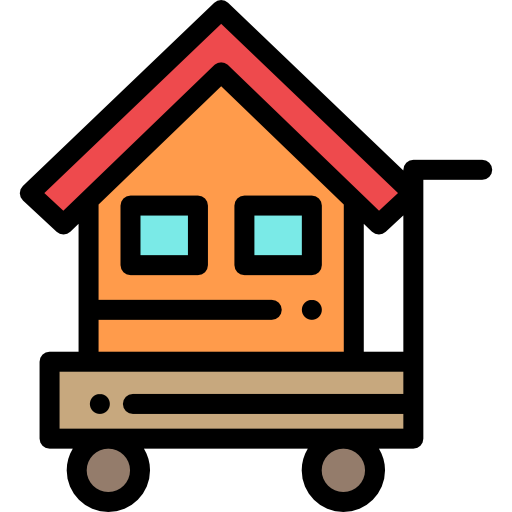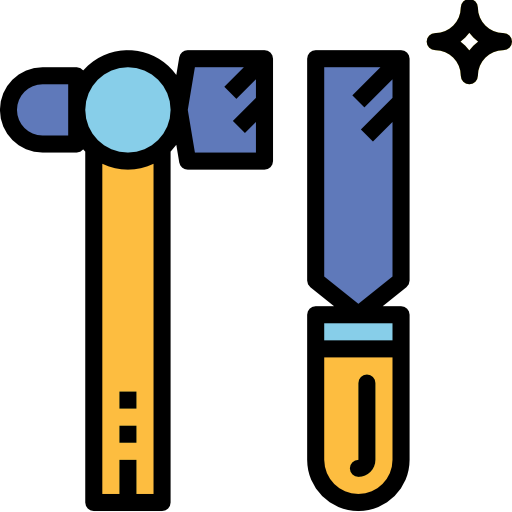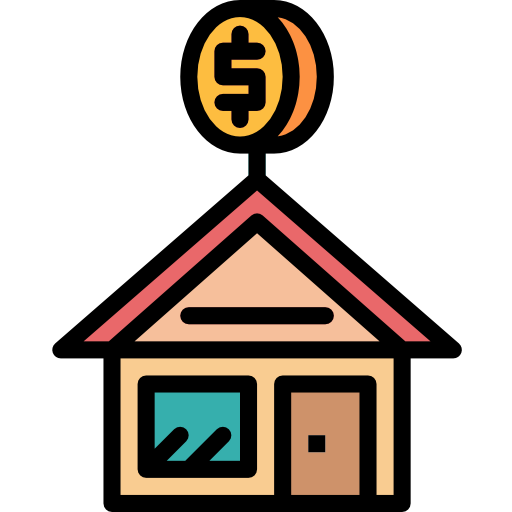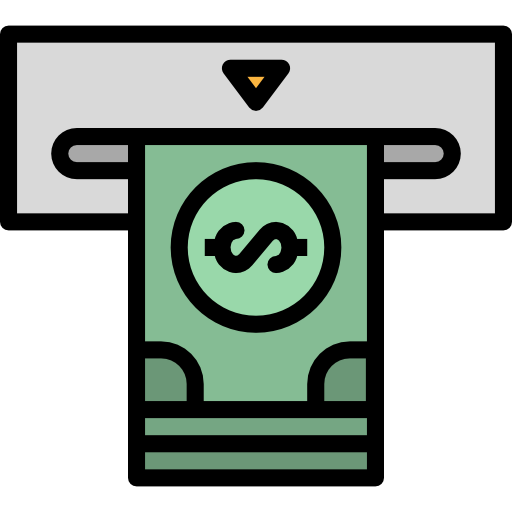The BRRRR Calculator for Real Estate Investing
CASAPLORER®Trusted & TransparentBRRRR Calculator
Download asCSV |
What You Should Know
- The BRRRR method is a real estate investment strategy that allows investors to rapidly expand their investment property portfolio.
- The BRRRR stands for the 5 steps of the process: Buy, Repair, Rent, Refinance, Repeat.
- The BRRRR calculator allows you to evaluate a project and look at your incomes and expenses related to the project in detail.
What Does the BRRRR Calculator Do?
This BRRRR calculator allows you to evaluate the deal and budget for the expenses that appear throughout the mortgage lifetime. The inputs in the calculator are split into 4 categories: Buy, Repair, Rent and Refinance. The results allow you to see how much income you are expected to earn and how much you are expected to pay in expenses over the lifetime of the mortgage including all closing and repair costs. In addition to that, it provides detailed mortgage, income, and cash flow schedules. Based on the metrics provided, you can decide whether you can afford and would like to proceed with the deal as well as decide whether it makes sense to refinance the property after the repairs are done. It is important to note that there are a lot of inputs that require a realistic judgment from the user. For example, if you spent $15,000 on repairs, you should not expect the house value to increase by $200,000. The results of this calculator are only as accurate as the predictions of the user are.
Inputs
There are many inputs in each section of the calculator. Understanding what they mean is important to produce accurate calculations for the project. This section clearly describes what each input in each section means and how they can be estimated.
Buy
The buy section of the calculator refers to the first step in the BRRRR process. It requires inputs that directly relate to buying a house on a mortgage. If you are financing a house without a mortgage, you can adjust your down payment to 100% of the purchase price. You can find the following inputs in the Buy section:
- Property Price - The price at which the BRRRR property is purchased. It may range dramatically depending on the type, location, and condition of the property as well as the negotiation skills of the buyer.
- Closing Costs - The costs incurred during closing the deal. Usually closing costs on a house range from 2% to 5% of the property price. Many large and small fees are included in the closing costs, and they are usually paid by the seller. These fees include loan origination fees, taxes, appraisal fees, etc. If you do not know your closing costs, then you can approximate them as 3% of the purchase price, or you can use a closing cost calculator to estimate the costs more accurately based on your specific case.
- No-Closing-Cost Mortgage - This is an on/off button that provides you an option to roll your closing costs into the mortgage loan to pay less upfront. Some lenders provide a no-closing cost mortgage option, which means that you do not have to pay closing costs at the time of buying a house. Instead, the closing costs are added to the principal of the mortgage and paid out throughout the lifetime of the loan. This is a good option to buy a property on a tight budget, but it comes at a cost of larger interest payments.
- Down Payment - The first payment made towards the property. Usually, it has to be equal to 20% of the property price to avoid any mortgage insurance costs, but in some cases, it can be equal to as low as 3% of the property price. This calculator does not account for mortgage insurance costs because these costs differ by loan type and the company that provides the insurance.
- Interest Rate - The interest rate or the APR of the mortgage loan. It usually ranges by a few percentage points depending on the loan type, loan term, and the credit risk of the borrower. You can look at current mortgage rates to estimate what interest rate you may receive when applying for a loan. To get a more precise estimate, you can get a mortgage pre-approval letter from your bank that should have information about how much you can spend on a house as well as what interest rate they are willing to offer. It is important to note that the terms outlined in pre-approval may change at closing on the loan.
- Mortgage Term - The length of your mortgage. The most common mortgage length in the US is 30 years, but it can range from 10 years to 30 years. It usually depends on the borrower what mortgage length to pick, although there are certain restrictions on what debt-to-income (DTI) ratio a mortgage borrower may have. The shorter the mortgage length, the higher the debt-to-income ratio will be, which may lower your chances to get a loan.
Repair
The Repair step refers to the period when the property is being fixed. Usually, repairs start as soon as the property is purchased because the sooner the repairs are finished, the sooner the investor may be able to refinance and receive rental income on the property. The Repair section of the calculator contains the following inputs:
- Cost of Repairs - The total cost of repairs. This cost may include the price of purchased materials and hired labor. This value may differ drastically from project to project depending on the condition of the purchased property.
- Time of Repairs - The expected number of months all the repairs will take to complete. It is a very important metric because before the repairs are completed, it is unlikely that the property will be deemed habitable for it to receive a rental income. In addition to that, refinancing cannot happen before the property is appraised, and the property appraisal usually happens after the repairs are finished.
- After Repair Value (ARV) - The expected value of the property after the repairs. This is a very important metric for the BRRRR method because it will determine the extent of the refinance benefit after the repairs are completed. The increase in property value is not proportional to the costs of repairs. The investor should aim to increase the value of the property by more than the cost of repairs. Otherwise, the investor may be losing money in the short term.
Rent
This step refers to setting up the property as a rental unit, finding tenants, and figuring out how much income and expenses the property incurs every month. Even though the rental income is usually quite stable since the tenants tend to pay the same amount monthly or annually, expenses may vary depending on the tenant and the month of the year. All inputs assume that the values set are monthly, so it is important to find an average for the following inputs:
- Monthly Rent - The monthly rental payment an investor expects to receive from their tenants once the property is occupied. It might be helpful to analyze comparable properties to estimate how much the BRRRR property may be able to receive in rent.
- Monthly Expenses - These expenses may vary depending on the size, type, condition, and other factors of the property. Any expenses, such as utility costs, property taxes, HOA fees, insurance costs, etc, may be added to this section.
- Vacancy Rate - The expected percentage of times a property will stay vacant due to a lack of tenants or the need for repairs. An average vacancy rate for rental properties in the US is 5.6% although this number may differ depending on the location of the property. For example, New York has an average vacancy rate of 3.4% while Texas has a vacancy rate of 8%. If you want to allocate a specific number of months or days in a year for a property to be vacant, you can find it by simply dividing the number of vacant months or days by the number of months or days in a year respectively. For example, if you expect a property to be vacant 1 month in a year, your vacancy rate can be found by dividing 1 month by 12 months, which is equal to 8.33%.
Refinance
That is the step where you can get paid for all the hard work you have put in to add value to the property. It is also an optional and somewhat controversial step because although it does provide you with cash on hand, it also decreases your income. On one hand, if your repairs increase the value of the house, you can withdraw cash from your equity portion on the property. This is called a cash-out refinance. On the other hand, any type of refinancing comes with closing costs as well as higher interest payments since your loan principal increases as a result of this activity, so it is important to estimate cash-out refinance benefits and costs before doing it. Usually, refinancing in the BRRRR method is used to receive cash to buy another BRRRR property, but it is not a necessary step if you have enough cash on hand or if you are not planning on purchasing another property any time soon. The following variables are needed to calculate the effect of the Refinance step:
- Loan-to-value Ratio - The ratio of the loan principal amount to the equity amount. Loan-to-value (LTV) ratio is related to the down payment as a percentage of the property price in a way that the sum of two is equal to 100%. For example, making a down payment of 20% is the same as taking a mortgage with an LTV of 80%. It is up to you to determine what LTV ratio is best for your financial situation although it only makes sense to increase your LTV for a BRRRR property.
- Interest Rate - Similarly to the interest rate input in the Buy section, the interest rate in Refinance section refers to the APR on the mortgage loan that originated as a result of refinancing. It will likely differ from the interest rate you received on your original loan.
- Mortgage Term - Similarly to the mortgage term input in the Buy section, the mortgage term in Refinance section refers to the lifetime of your new loan. Refinance allows you to adjust the loan length as you see fit, but it will likely fall in the range of 10 years to 30 years and be constrained by your DTI if your income is not too high. At this stage, you should have rental income that may be added to your total income, which may help lower your DTI.
- Closing Costs - The costs associated with originating a new loan. This is the upfront cost of refinancing, which may be quite large if your loan principal is large. It usually ranges from 2% to 5% of the loan amount while the average refinancing closing costs are equal to $4,345.
- No-Closing-Cost Refinance - This is an on/off button that provides you an option to roll your closing costs into the mortgage loan to pay less upfront. Similar to a no-closing-cost mortgage, a no-closing-cost refinance allows you to avoid paying closing costs upfront. Instead, they are added to your loan principal and are paid out throughout the lifetime of the loan.
Results
The results section provides a basic overview of the essential metrics to evaluate your BRRRR project as well as detailed schedules of your mortgage amortization, your income, and your cash flow. It also provides simple graphs for you to understand how much income you make and how much cash you receive over the lifetime of your mortgage.
Your income is different from your cash flow because you will have to make mortgage payments that include principal payments. Principal payments will lower your cash flow because you will have to pay for them in cash, but it is not an expense (unlike interest payments) because they go towards building your equity on the property. Because of this, you may have a positive income but a negative cash flow. This means that you simply need to contribute more towards mortgage payments than you make from renting out your property. Negative cash flow does not mean that you are losing money by renting out your property.
- Any analysis or commentary reflects the opinions of Casaplorer.com (a part of Wowa Leads Inc.) analysts and should not be considered financial advice. Please consult a licensed professional before making any decisions.
- The calculators and content on this page are for general information only. Casaplorer does not guarantee the accuracy and is not responsible for any consequences of using the calculator.
- Interest rates are sourced from financial institutions' websites.





